Watch Crystal Types: A Beginner’s Guide
When it comes to watches, the crystal—the transparent cover protecting the dial—is more important part than you might think. It’s not just about keeping dust and scratches at bay; the type of crystal can affect your watch’s durability, clarity, and overall vibe. From classic everyday wear to rugged adventures, the crystal you choose matters more than you’d expect.
In this guide, we’ll break down the main types of watch crystals—acrylic, mineral, and sapphire—and discuss how they compare in terms of strength, scratch resistance, and affordability. But that’s not all. We’ll also explore some proprietary options like Seiko’s Hardlex and Invicta’s Flame Fusion, which bring unique qualities to the table. Whether you’re picking out your first watch or just curious about the tech behind the timepiece, this guide has something for you. So, without further ado, let’s get started!
Contents
Types of Watch Crystals
There are three main types of crystals usually used in the watches:
- Acrylic Crystals
- Mineral Crystals
- Sapphire Crystals
1. Acrylic Crystals
Acrylic crystal, plexiglass, and hexalite are all names for the same material called Polymethyl methacrylate (PMMA). It is a thermoplastic and is the least expensive type of watch crystal. If you’re on the hunt for an entry-level, low-cost, or kids’ watch, chances are you’ll find an acrylic crystal gracing the face. These crystals are a go-to choice for affordable watch brands looking to keep manufacturing costs down while still delivering a decent level of protection.
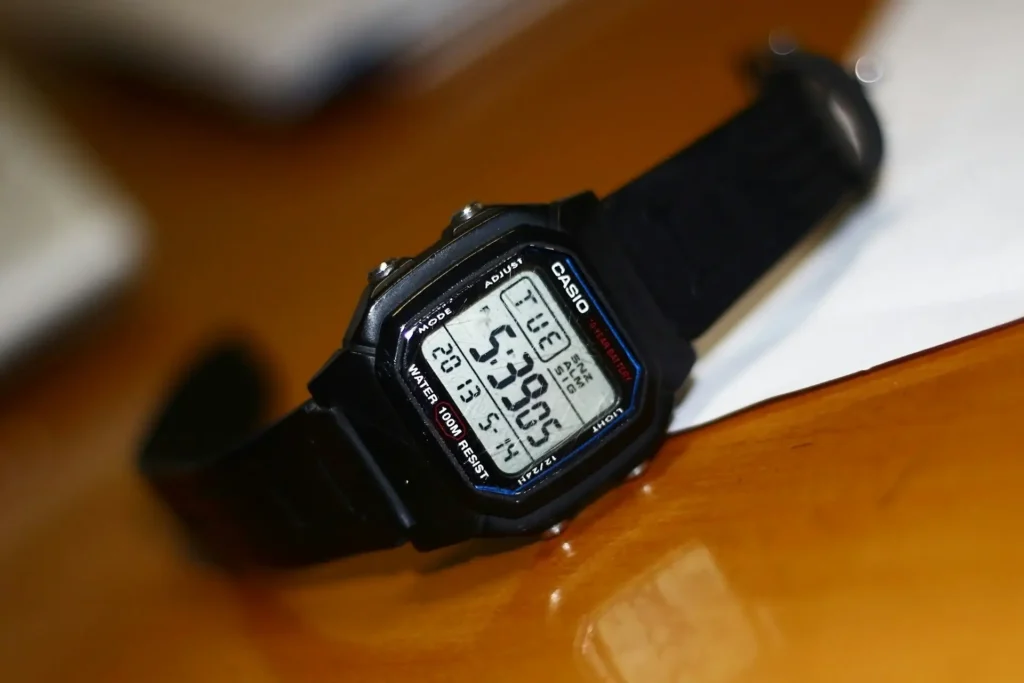
Acrylic crystal is rated three out of ten on the Mohs Scale (which measures the hardness and scratch resistance of minerals). Because of its softness, it is easily scratched. However, minor scratches may be buffed out.
One of the standout qualities acrylic is its flexibility and impact resistance. These crystals can bend and flex without shattering, making them ideal for sports watches or timepieces prone to the occasional knock or drop. And if you do happen to scratch or damage an acrylic crystal, replacement is usually a breeze and easy on the wallet.
Pros
- Incredibly affordable, keeping manufacturing costs low
- Excellent impact resistance and shatter-proof
- Minor scratches can often be buffed out
- It is lighter than mineral and sapphire crystals.
- Can be molded into various shapes, including the classic domed design
Cons
- Prone to scratches due to its relatively soft nature
- Can develop a hazy appearance over time
- Not the best choice for dress watches or formal occasions due to its plastic look
2. Mineral Crystal
Mineral crystal is the most commonly used crystal in mid-range watches. Often referred to as “hardlex” in watchmaking circles, these crystals are pretty much the same as the crown glasses you’re used to seeing daily, such as in windows, picture frames, and other such items.
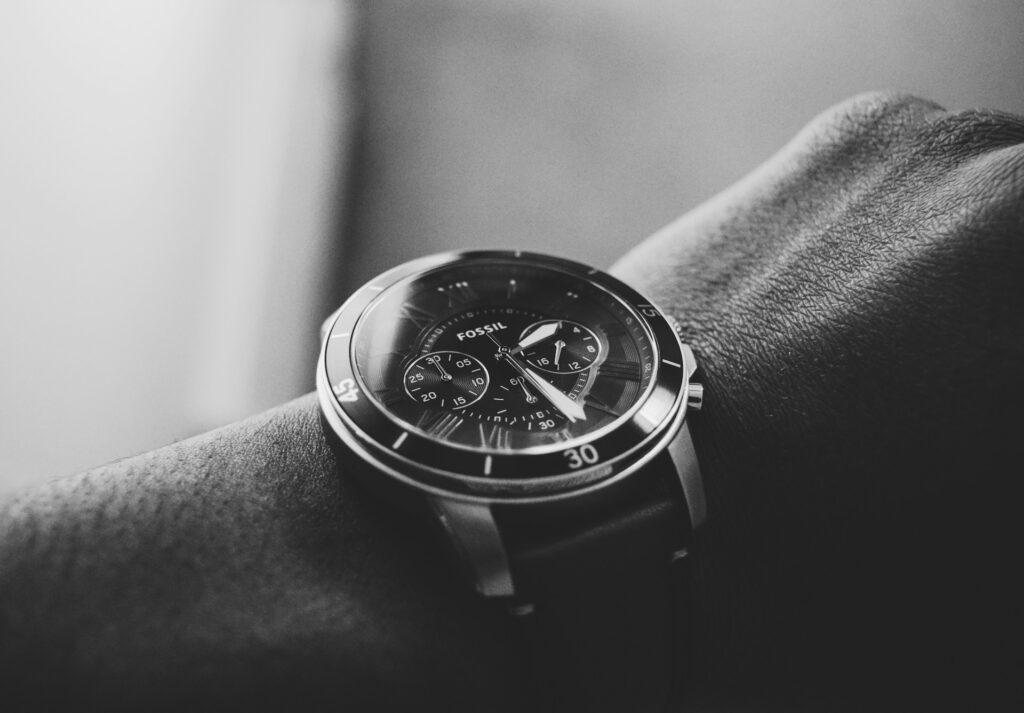
The Mohs Scale gives the mineral crystal a rating of 5 out of 10. It can remain clean and clear for a long time if properly cared for.
Pros
- Offers improved scratch resistance compared to acrylic crystals
- Cost-effective and still reasonably priced for most budgets
- Surface-level scratches can often be buffed out
- Maintains clarity and visibility over an extended period
Cons
- Less shatter-resistant than acrylic, unable to withstand severe impacts
- Does not offer the same level of scratch resistance as premium sapphire crystals
- Can be susceptible to glare and reflections without an anti-reflective coating
Speaking of coatings, many watchmakers opt to equip their mineral crystals with an AR (anti-reflective) treatment. This clever addition helps minimize light reflection on the watch face, improving visibility and making it easier to read in bright conditions.
3. Sapphire Crystals
Sapphire crystal is the most expensive type of watch crystal that is commonly used in high-end and expensive watches. It is the third hardest mineral on the Mohs scale, with a rating of 9, after diamond and moissanite. This means you don’t need to worry about it getting scratched because it can only be scratched by materials with greater hardness.
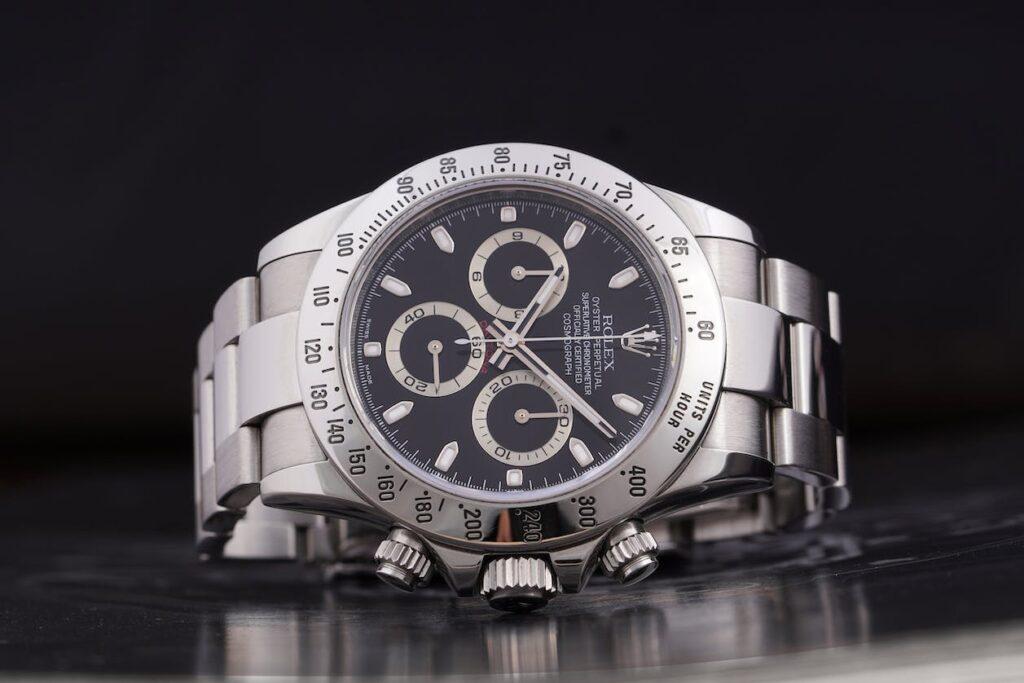
Most watchmakers today use synthetic sapphire, a lab-grown material that offers the same impressive properties as natural sapphire but at a much lower cost. Synthetic sapphire was first created in 1911 by French chemist Auguste Verneuil, and it has since become the standard for high-quality watch crystals. Rest assured, synthetic sapphire is virtually identical to its natural counterpart in terms of strength and clarity.
While sapphire crystal is highly scratch-resistant, it’s worth noting that it’s not impervious to damage. It lacks impact resistance, meaning it can shatter if hit hard enough. So, while sapphire is great for keeping scratches at bay, a little extra care can go a long way in avoiding cracks or breaks.
Pros
- Unmatched scratch resistance
- Exceptional clarity and brilliance, enhancing the watch’s overall look
- Lends a luxurious, high-end appearance to any timepiece
- Synthetic production keeps costs more manageable than natural sapphire
Cons
- More expensive than acrylic and mineral crystals
- Vulnerable to shattering under heavy impact
Other Brand Specific Watch Crystals
1. Hardlex Crystals (Seiko’s Proprietary)
Hardlex crystals are a type of tempered mineral crystal developed by Seiko, designed to offer greater resistance to scratches and impacts compared to standard mineral crystals.
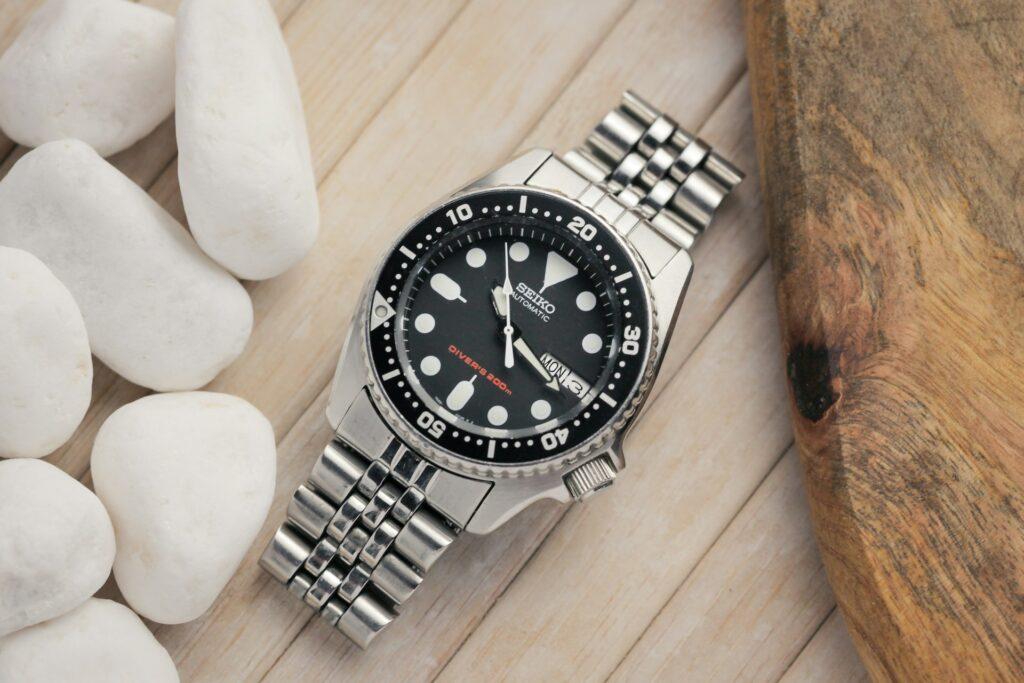
The tempering process enhances the hardness of the material, making it a durable choice for everyday wear. While the exact method is proprietary, Hardlex is widely regarded as a tougher alternative to regular mineral crystal, bridging the gap between affordability and durability.
Pros
- Excellent durability and impact resistance
- Highly resistant to scratches
- Affordable and cost-effective
- Maintains clarity and visibility over an extended period
Cons
- Not as scratch-resistant as sapphire crystals
- Limited availability (proprietary to Seiko watches)
2. Flame Fusion Crystals (Invicta’s Proprietary)
Invicta introduced Flame Fusion crystals as a solution to combine the durability of sapphire with the unique properties of mineral crystals. This process involves fusing synthetic sapphire and mineral crystals together using intense heat, creating a crystal that offers exceptional scratch resistance and superior clarity.
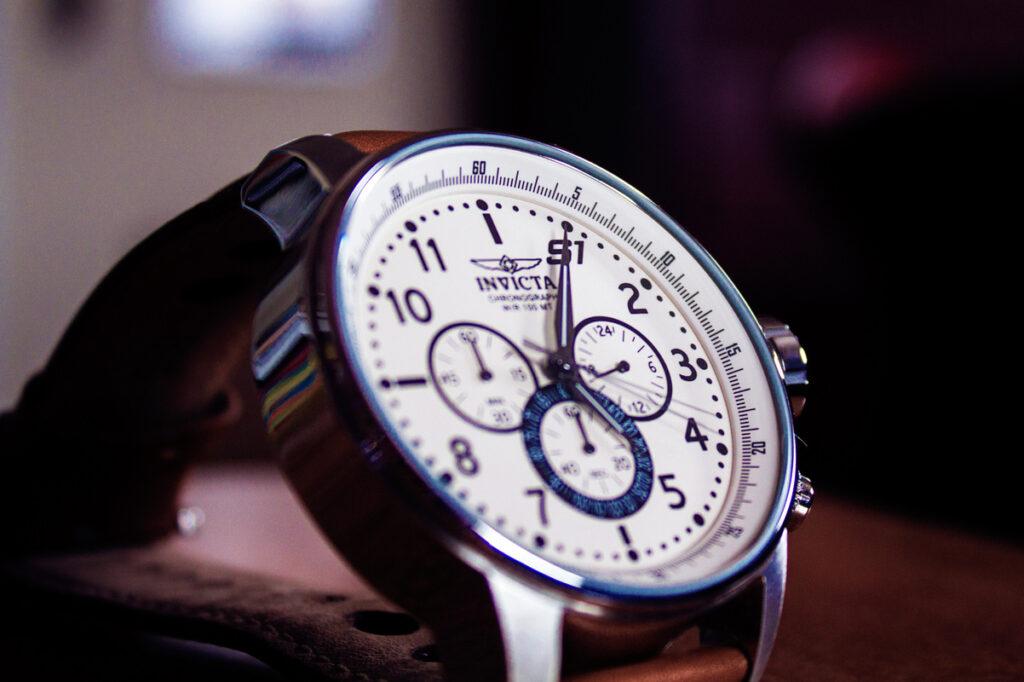
Pros
- Excellent scratch resistance (close to sapphire)
- Superior clarity and brilliance
- Affordable and cost-effective alternative to pure sapphire crystals
- Highly durable and resistant to shattering
Cons
- Limited availability (proprietary to Invicta watches)
- May not offer the same level of scratch resistance as pure sapphire crystals
Choosing the Right Watch Crystal
Are you wondering which type of watch crystal is best for you? The answer to this question depends on your preferences, needs, lifestyle, and usage. For daily use, such as in the workplace, mineral crystal is the best choice. However, if you have a busy lifestyle with a higher risk of breaking your watch crystal, we recommend acrylic crystal as it has high impact resistance. On the other hand, if you’re looking for a watch for special occasions, sapphire is the ideal choice.
Watch crystals can vary significantly in price, with acrylic crystals being the most affordable option and sapphire crystals commanding a higher premium. Determine your budget and prioritize the features that matter most to you, such as scratch resistance, clarity, or durability.
Conclusion
Choosing the right watch crystal is a crucial decision that can impact the longevity, durability, and aesthetic appeal of your timepiece. By understanding the different types of watch crystals, their materials, and their respective advantages and disadvantages, you can make an informed choice that aligns with your needs, preferences, and budget.
Whether you prioritize scratch resistance, shatter resistance, clarity, or affordability, there is a watch crystal material that can meet your requirements. Remember to consider factors such as the watch type, intended usage, lifestyle, and personal preferences when selecting the appropriate crystal.
If you have any questions or experiences to share regarding watch crystals, feel free to leave a comment below. We’d love to hear your thoughts and insights on this fascinating aspect of watchmaking.
FAQs
Natural sapphire crystals are mined from the earth, while synthetic sapphire crystals are created in a laboratory setting. Synthetic sapphire has virtually identical properties to natural sapphire but is more affordable for use in watchmaking.
Use a soft, lint-free cloth and a mild soap solution or specialized crystal cleaner. Avoid abrasives and harsh chemicals, as they can scratch or damage the surface. Handle the watch with care and store it properly when not in use.
There’s no set timeframe, as it depends on the crystal type, usage, and level of damage or scratches. Monitor your watch crystal’s condition and consult a professional watchmaker if you notice significant scratches, cracks, or haziness.
Not necessarily. While sapphire crystals offer superior scratch resistance, they may not be the best choice for all situations. Factors like budget, intended usage, and personal preferences should also be considered when selecting a watch crystal.